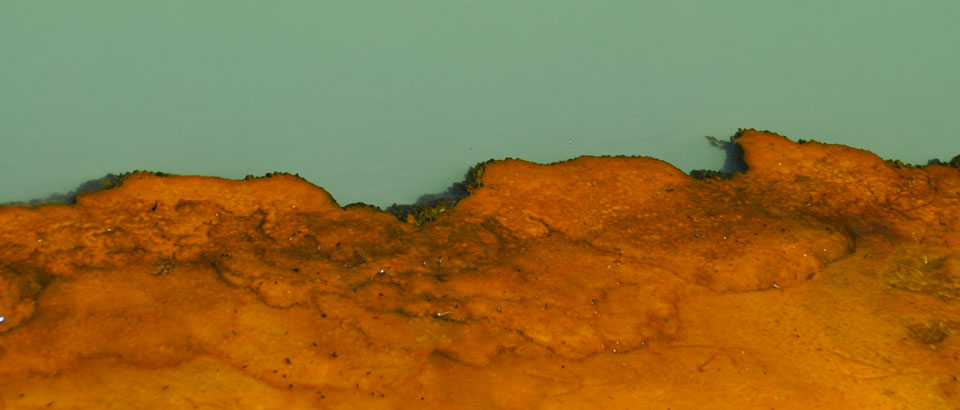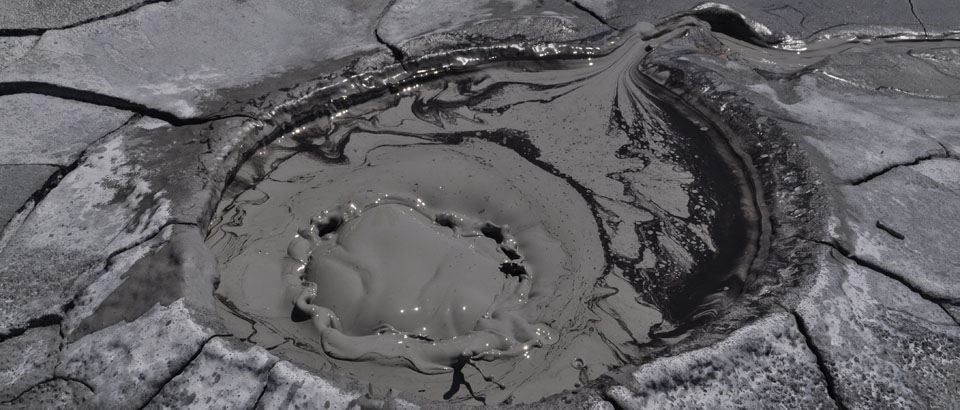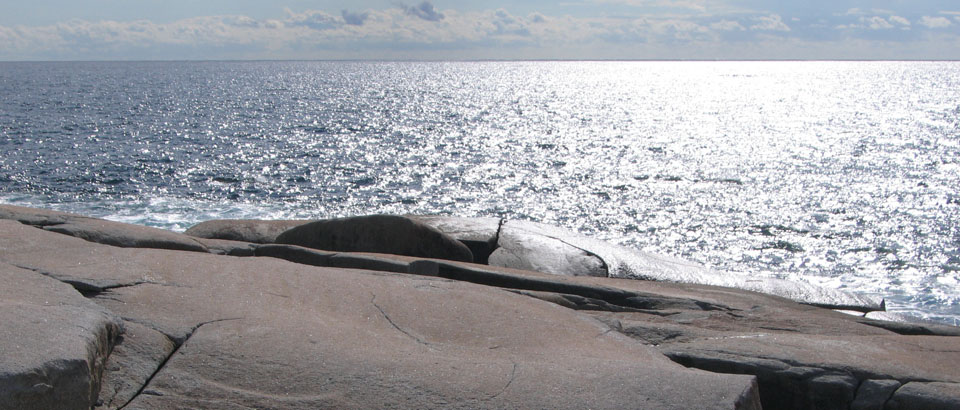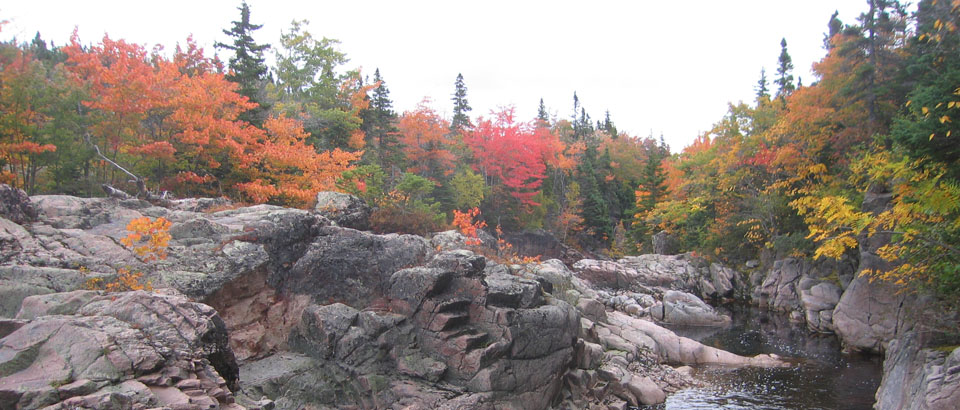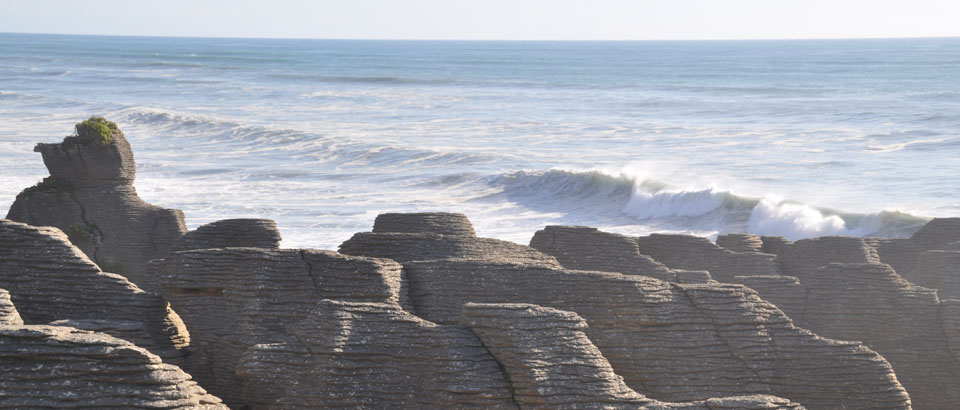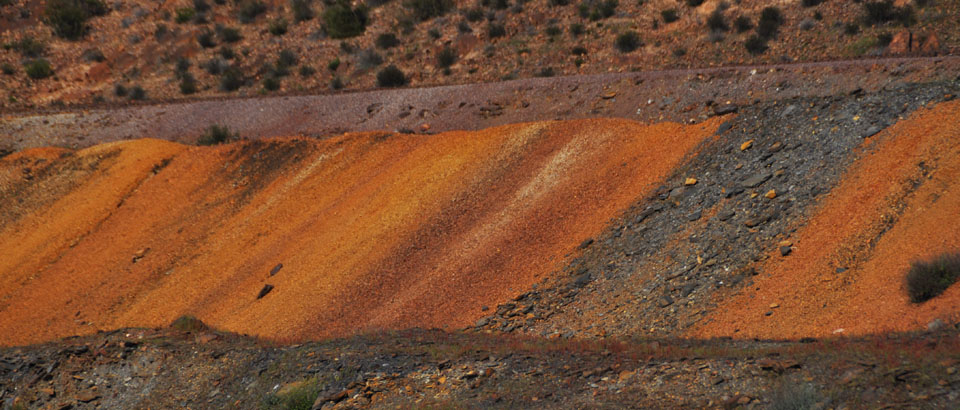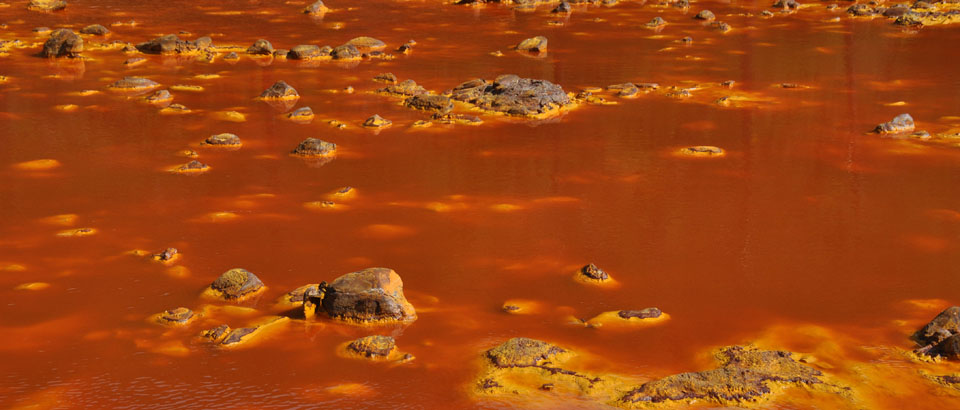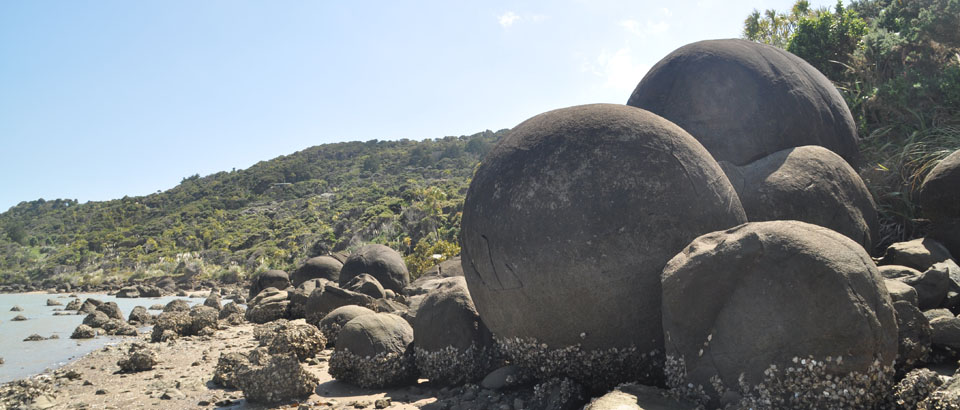Supercontinent reconstruction from recognition of leading continental edges. J. B. Murphy, R. D. Nance, G. Gutiérrez-Alonso, J. D. Keppie. Geology, 37, 595-598. DESCARGAR-DOWNLOAD.
RESUMEN-ABSTRACT
Repeated amalgamation and subsequent breakup of continental lithosphere have profoundly affected Earth’s evolution since the Archean. Following breakup, distinctive rift and passive margin sequences along the trailing edges of dispersing continents have been used to identify such margins in the geologic past. Using western North America as an analogue, we show that the leading edges of dispersing continents have isotopic characteristics that can likewise be used to identify these margins. For example, the Sm-Nd isotopic signatures of Late Neoproterozoic and early Paleozoic igneous rocks along the northern margin of Gondwana indicate derivation from 0.7 to 1.1 Ga old mantle lithosphere. This lithosphere originated in the Mirovoi Ocean surrounding Rodinia. It subsequently accreted to northern Gondwana in response to Rodinia breakup, and provided a source for subsequent magmatism. Accretion and subsequent recycling of oceanic mantle lithosphere should be common along the leading edges of dispersing continents following supercontinent breakup, providing an additional aid in paleocontinental reconstructions.


